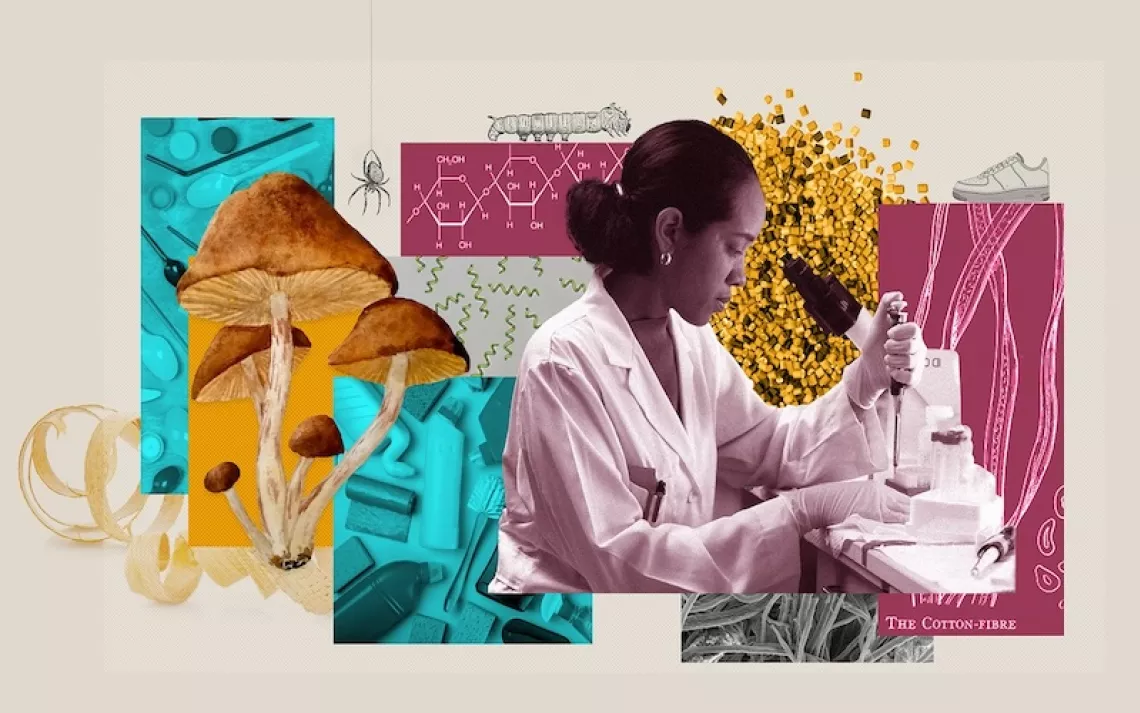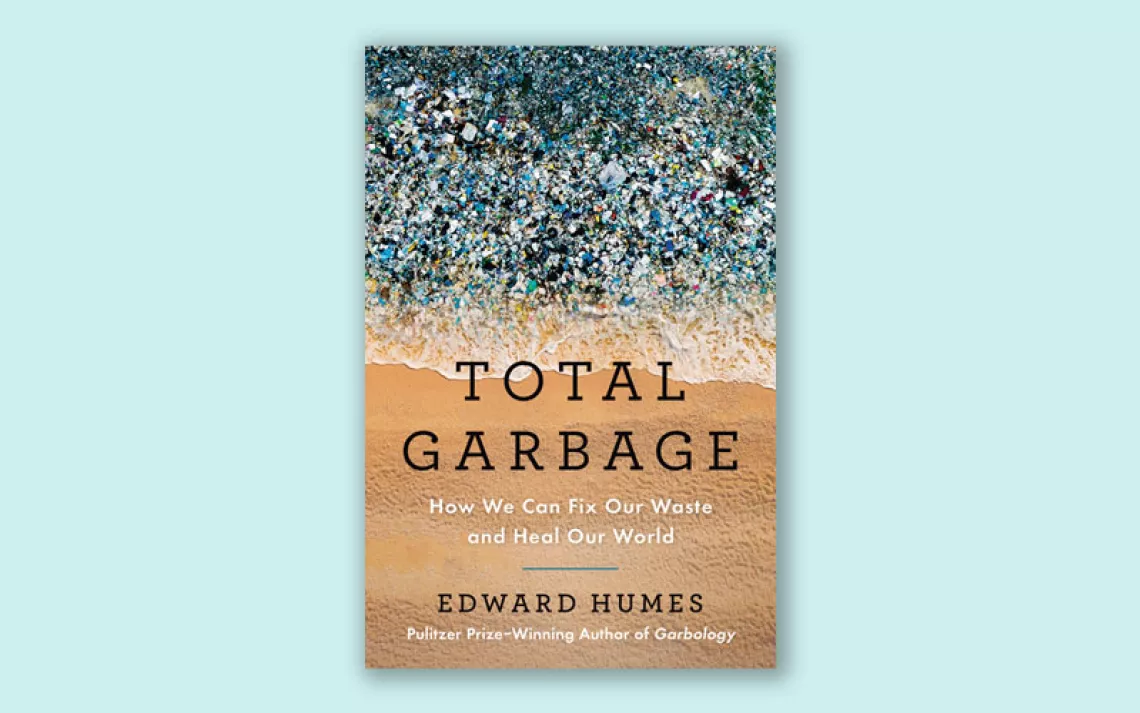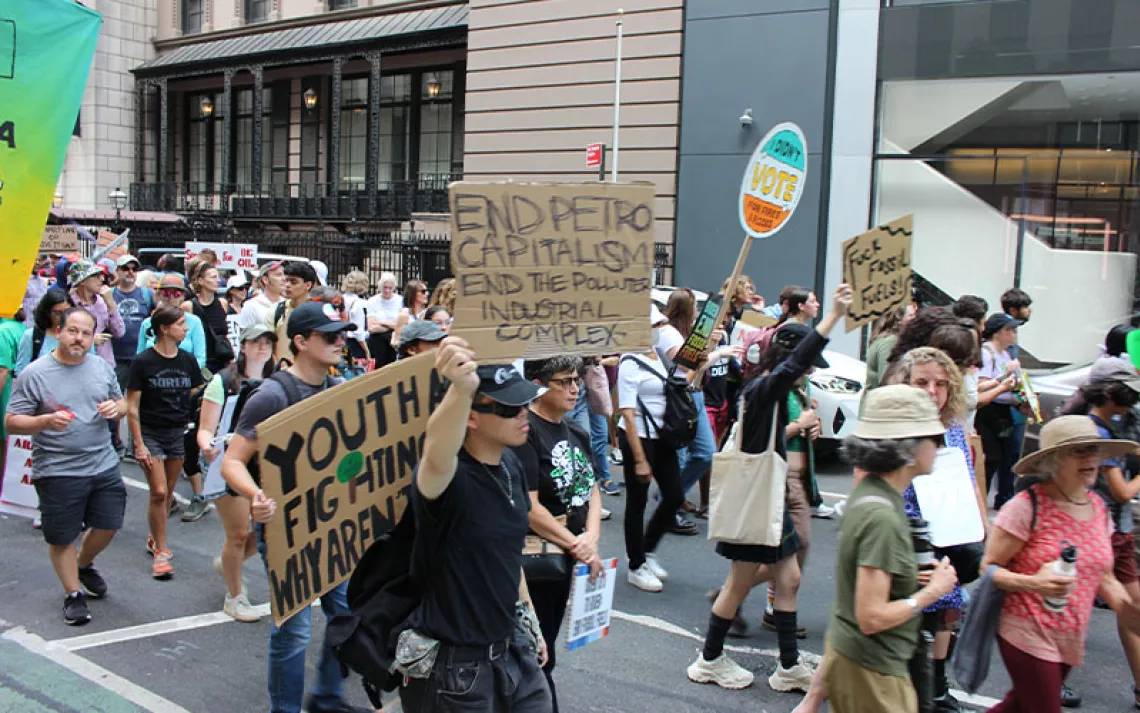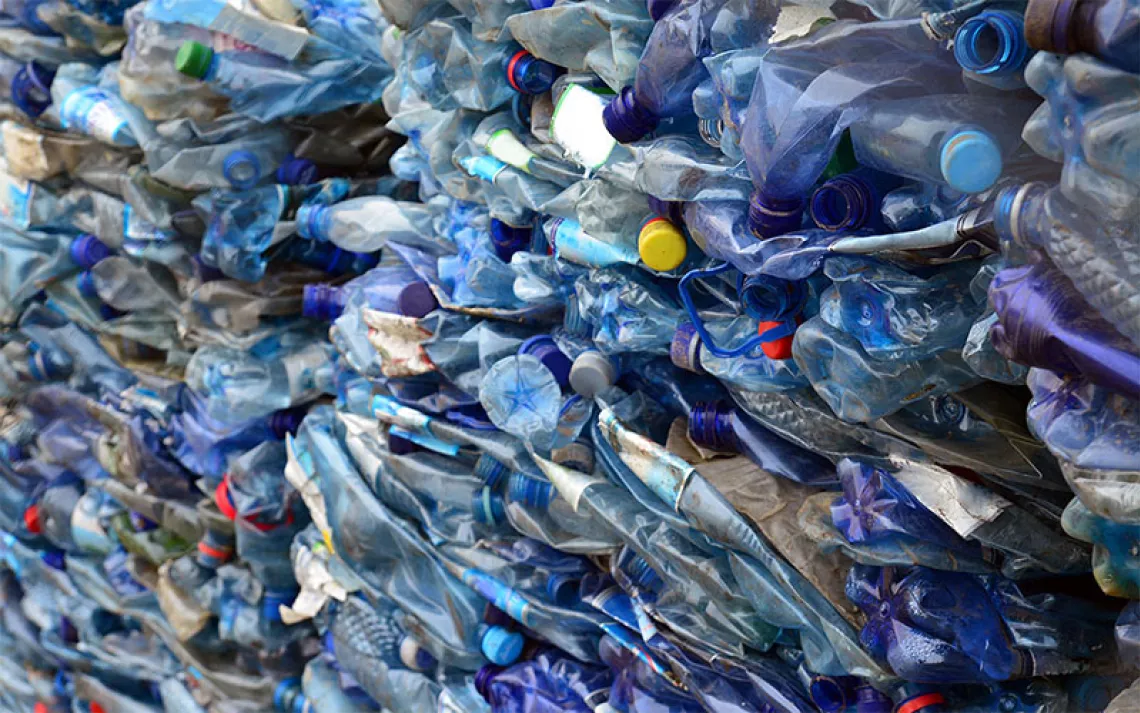This Earth Month, the End of Plastic Pollution Is on the Table
Delegates at INC-4 will try to develop an international legally binding treaty on plastic pollution
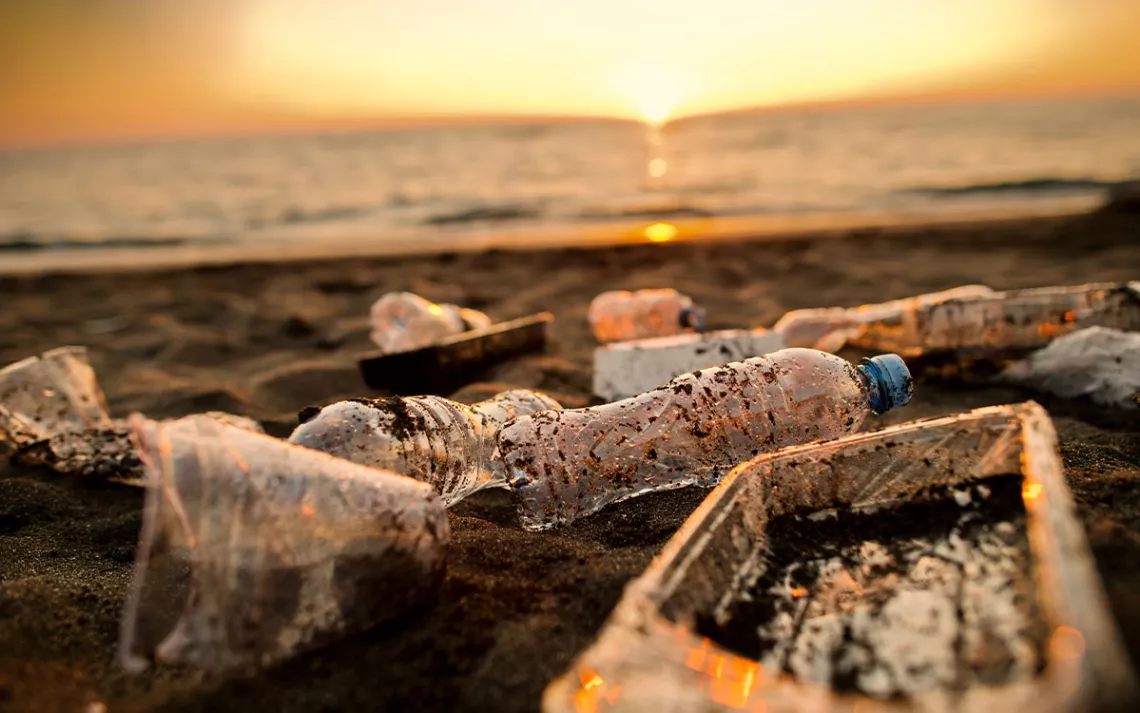
Photo by ArtMarie/iStock
Over a billion people around the world are expected to participate in Earth Day events this year, including beach clean-ups, rallies, and community gatherings, all aimed at celebrating and preserving our shared and precious planet. Many will directly engage both physically and symbolically with plastic—the 2024 Earth Day theme—and one of the most pressing environmental issues of our time.
The following day, United Nation’s delegates from across the globe will gather in Ottawa, Canada, from April 23 to April 29 for the fourth session of the Intergovernmental Negotiating Committee (INC-4) charged with developing an international legally binding treaty on plastic pollution, including in the marine environment, by the end of 2024. The meeting is the second to last of its kind, with the final negotiations taking place later this year. Despite three other INC convenings since 2022, the treaty is still without a first draft. Delegates have a lot of work to do.
Plastic is everywhere, from the air we breathe to the clothes we wear, the water we drink, and the dishes we eat. It travels up the food chain through the bloodstream into the placentas of the unborn—and companies are churning out more and more of it. 430 million metric tons of plastic are produced each year. It’s estimated that with no intervention, plastic waste will nearly triple by 2060. Yet less than 10 percent of plastic is recycled. That’s largely because recycling systems are ineffective, nonexistent, unaffordable, or otherwise inaccessible when it comes to most plastic. And even when plastic is recycled, it typically has only a few lives to live, leading it off sooner than later to the dump or the environment where it degrades into micro- and nano-plastics, releasing toxins and providing new habitats for diseases on the way.
The scale of the problem is indeed daunting, posing an immense threat to human and environmental health through its inextricable links to the triple crises of climate change, biodiversity loss, and pollution. That’s why back in 2022 the United Nations Environment Assembly (UNEA) Resolution 5/14 called for the development of an international legally binding instrument to end plastic pollution “through a full-life-cycle approach” by the end of this year. But what constitutes the full life cycle of plastic, and many other pertinent issues, from polymers of concern to implementation, compliance, monitoring, financing, and a just transition, will be up for debate in Ottawa.
What to expect from INC-4
To ensure all member states felt heard at INC-3 in Nairobi, Kenya, delegates were invited to submit new comments to the Zero Draft of the treaty presented late last year. That process generated hundreds of additions, more than doubling the length of the prospective treaty. As a result, delegates will be sorting through nearly 70 pages of a Revised Zero Draft this April. The High Ambition Coalition, a group of 64 countries committed to developing a treaty that ends plastic pollution by 2040, had hoped a first draft would be ready by this time. Due to the setback, many key issues remain.
First and foremost, delegates will need to establish a scope for the treaty, a section of the instrument consisting of 16 different options alone, and which some members feel was already developed by UNEA Resolution 5/14. The definition of the full life cycle of plastics, and specifically, how to address production, will likely be central to discussions.
Since over 99 percent of plastic currently derives from fossil fuel sources, contributing to growing greenhouse gas emissions, proponents of an ambitious treaty have advocated for meaningful measures at reducing plastic production, primary plastic polymers, virgin plastic, and single use plastic products, channeling the famous adage of turning off the plastic tap. But nations and other entities with vested interests in petrochemicals and plastics, such as the Global Coalition for Plastics Sustainability, consisting of Saudi Arabia, China, Russia, Cuba, Iran, Bahrain, and others challenged that notion at INC-3, favoring a treaty focused on waste management rather than limiting production. Of continued concern is the possibility that a small number of countries could block an ambitious treaty through the INC rules of procedure.
In the United States, the American Chemistry Council, which houses the American Plastic Maker’s, has similarly urged the president to “steer the global community away from … restrictions on plastic production; bans of materials, chemistries or product applications; bans or limitations on recycling technologies; or restrictions of trade in chemicals or polymers.” Though the US has yet to join the HAC, members of Congress, scientists, foundations, and international environmental groups have continued to call on the nation to take a leadership role in shaping a bold and binding agreement, one that focuses on both the up and downstream impacts of plastic. A treaty that truly prioritizes human and environmental health must establish strong production limits and beyond.
Polymers of concern and the 13,000 chemicals used in plastics, nearly 25 percent of which are considered toxic, must also be regulated and should be evaluated and recommended by an independent scientific body established by the treaty. The Business Coalition for a Global Plastics Treaty, including major corporations like Coca-Cola, Unilever, and Walmart, agrees, calling for the treaty to “eliminate plastic materials, components, or additives that hinder recyclability or compostability,” and to develop harmonized regulations that will lead to a scalable circular economy for plastics.
Mandatory measures for end-of-life management of plastics, such as improved recycling systems, and careful attention to the sustainability of emerging plastic alternatives, will all need to be further vetted by the Committee. The Scientists’ Coalition for an Effective Plastic Treaty advises member states to “guard against burden shifting” when it comes to sustainable alternatives to plastic and to avoid using vague language that could weaken the treaty. The latter will be especially important for a just transition.
Plastic pollution disproportionately burdens developing nations, Indigenous peoples, and communities of color across the globe. Committee members will be addressing this fact as they consider provisions to improve recycling and financing measures that provide financial and other resources to assist remediation efforts for those groups.
The path forward
Plastic is embedded in nearly every domain of society. It’s essential in the medical field, critical to addressing emergencies, woven throughout our transportation, communication, and food systems, and so much more. The more we rely on it without proper measures for recycling and disposal, the worse the plastic pollution crisis will get. All eyes will be on INC-4 to see if delegates produce a global plastic treaty that addresses the full life cycle of plastics, ensures a just transition for vulnerable stakeholders, and includes ambitious, legally binding, time-bound international targets, obligations, and goals that are supported by national plans, compliance mechanisms, and reporting.
 The Magazine of The Sierra Club
The Magazine of The Sierra Club
